#antique illustration
Text

'Der See-Elefant' (circa 1883) by Aloys Zötl (1803–1887).
Watercolour.
Wikimedia.
135 notes
·
View notes
Text

Painting Illustration by Xavier Gosé, Le Manteau bleu, The Blue Mantle, 1912.
Morera. Museu d'Art Modern i Contemporani, Carrer Major, 31, 25007 Lleida, Spain
#Xavier Gosé#1912#the blue mantle#Xavier Gosé i Rovira#xavier gose#mantle#blue mantle#colors#beautiful colors#edwardian#Edwardian era#Edwardian fashion#la belle epoque#belle epoque#vintage#vintage illustrasjon#antique#antique illustration#Gosé#aigrette#cloak#1910s fashion#1910s mode#1910s illustrations#1910s mantle#art#spanish#spanish art#spanish fashion#art history
129 notes
·
View notes
Text

Sarah Stilwell-Weber (American illustrator, 1878-1939) • Harmony in the Light of the Moon, Illustration for The Pine Lady by Richard Le Gallienne • Harper's Monthly Magazine • 1903
#illustration#art#illustrator#artwork#antique illustration#sarah stilwell-weber#american illustrator#woman artist#painted illustration#oil on canvas#women in artworks#sassafras and moonshine#painting#book illustration#illustration art
95 notes
·
View notes
Text



So in writing the history of identification/taxonomy chapter for The Everyday Naturalist, I spent a lot of time poring over scans and reprints of very old western European natural history books. This included a lot of medieval bestiaries, which were usually illuminated manuscripts with the colorful, stylized artwork so common from that era. It wasn't until the European Renaissance that you started seeing more of an emphasis on realistic artwork, and by the time you get to the transitional period between the late Renaissance and the Enlightenment engravings based on original drawings were very common for illustrating books on animals and plants.
A lot of the images passed around as "antique scientific illustrations" stem from the mid-17th century Historiae Naturalis written by John Jonston and illustrated by Matthäus Merian the Elder. By this point in history numerous European nations were sending ships around the globe to bring back resources, which included a significant number of natural history specimens. The sheer variety and biodiversity represented by these gave naturalists in these countries an overwhelming amount of fodder for study, classification, and publication.
However, there was still the perennial problem that not everyone writing or illustrating these seemingly exotic species could access them in person. Medieval bestiaries, and their predecessor the Physiologus, tended to mix natural history with religious allegory, and often the writers had never actually seen the species they were describing. Since they had to go on secondhand (or thirdhand, or fifteenthhand) information, things sometimes got lost in translation like a big game of Telephone. And the situation was still the same by the time Jonston and Merian were working on the Historiae Naturalis.
Which is why that venerable attempt to catalog as many of the animals in the known world as possible includes, amid pages of real animals like molluscs, deer, and bats (categorized with the birds!), you also had descriptions and engravings of six different unicorn species. Jonston did remark that he was going entirely on the word of others and cited his sources wherever he could, but it seems as though most of them were treating the unicorn as a separate beast from the rhinoceros or antelopes. (You can find a scan of the entire Historiae Naturalis de Quadrupedibus here, if you want to read for yourself.)
This is probably the last major natural history work in which unicorns and other mythical animals would be presented as equally real as flesh-and-blood animals; once the Enlightenment got into full swing, the sciences sought empirical evidence, and hearsay was generally no longer considered good enough for publication. So there's something a little charming about this text that bridges the gap between the ancient bestiaries with their blurring of fact and fiction, and the modern emphasis on chasing down the truth behind the myths.
#natural history#Historiae Naturalis#scientific illustration#antique illustration#vintage illustration#bestiaries#science#unicorns#animals#wildlife#nature#Renaissance#medieval art#medieval history#bestiary#history#art history#antique animals
74 notes
·
View notes
Text







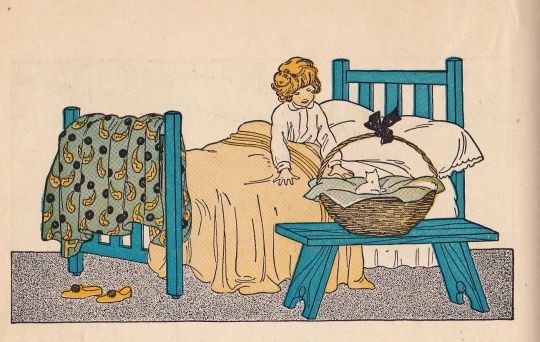
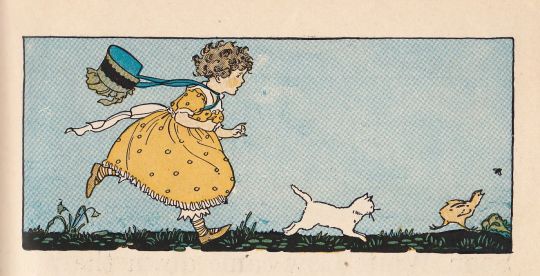
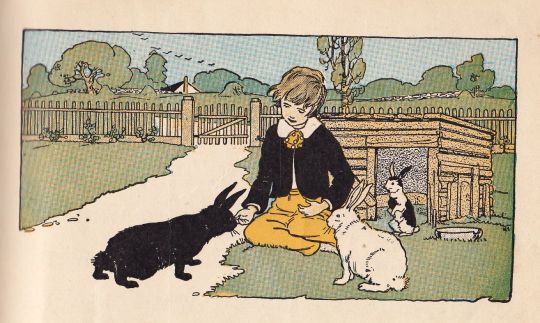


Details from the Child Library Reader Primer (1923), illustrated by L. Kate Deal
via kevincfleming on pinterest
#illustration#art#illustration art#vintage illustration#nostalgia#childrens illustration#1920s#1920s art#the golden age of illustration#golden age of illustration#children's books#vintage aesthetic#antique aesthetic#antique books#vintage books#antique illustration#e
98 notes
·
View notes
Text

25 notes
·
View notes
Photo

Day 26 : Reef Study
"You know what it lacks ? A little watercolor crustacean is what it lacks"
#marine biology#oceancore#reef#antique illustration#botanical illustrations#victorian#1800s#watercolor art#oddities#inktober#inktober 2022
106 notes
·
View notes
Photo
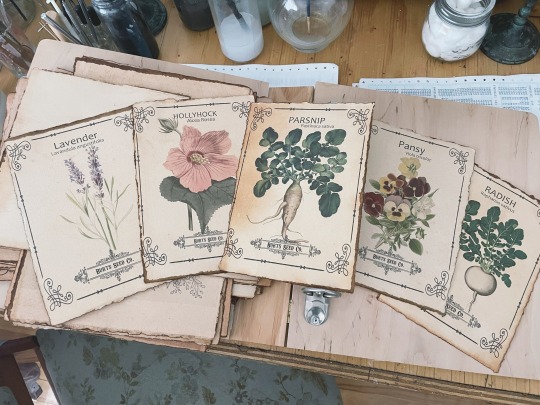
Vintage Garden Botanical seed packet Prints set
#aliensctyshop#alienscty#vintage illustration#vintage print#vintage decor#vintage#cottagecore#cottage witch#country cottage#cottage garden#autumn cottage#fairy cottage#cottage living#cottage#antique illustration#botanical#botanical illustration#seed packet#prints#vintage prints#floral
58 notes
·
View notes
Photo

Armand Vallee, L'Heure du Bain, a la Piscine du Claridge (Bath time at the Claridge swimming pool), 1919.
#1919#armand vallee#umberto brunelleschi#art deco#claridge#illustration#brunelleschi#1910s illustration#a vallee#bath#the bath#swimming pool#1919 illustrations#vintage#vintage swimming pool#antique#antique illustration#bath time#spa#claridge swimming pool#art#20s lifestyle#1920s lifestyle#fashion illustration#art deco illustration
23 notes
·
View notes
Text
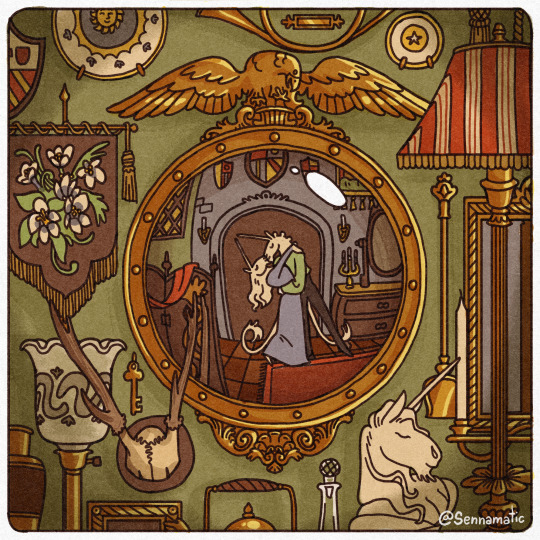
Brass and Copper
#digital art#art#illustration#artists on tumblr#drawing#artwork#oc#original character#unicorn#unicorn art#fantasy creatures#horse#pony#kolormarc#digimarker#antique#interior#collection#tchotchke#bric a brac#mirror#lesbian#sapphic#wlw#wlw love#wlw post#lesbian pride#art tag#this is based on a bunch of stuff i saw at the antique store hehe
13K notes
·
View notes
Text

An older incomplete piece, kind of an attempt for a back cover of a book. I may revisit it in the future… I do like the colors and the intricacies here.
#book#book cover#vintage books#book illustration#antique books#vintage book#vintage#vintage illustration#antique illustration#antique
0 notes
Text
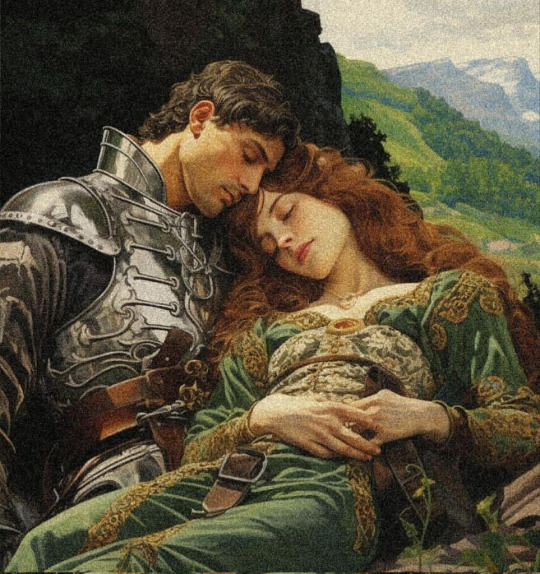
By Mystical Antiquity
#art#artist#illustration#medieval#armor#knight#damsel#princess#fantasy#high fantasy#mine#Mystical Antiquity
6K notes
·
View notes
Text
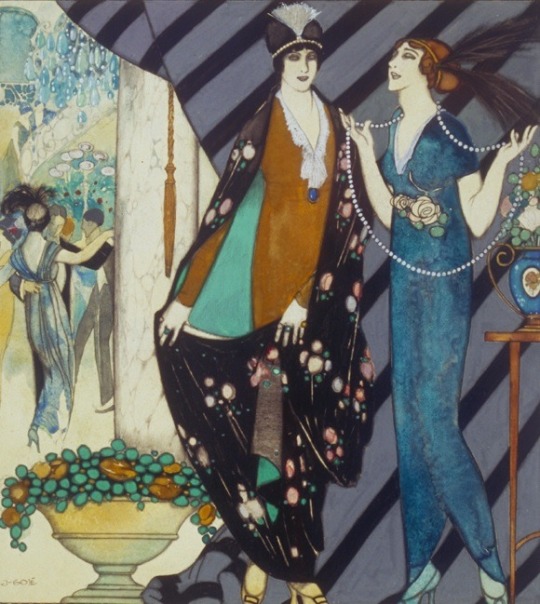
Xavier Gosé, Le Monde, High Life, Cover Illustration for Les Annales, Noel 1913.
Morera. Museu d'Art Modern i Contemporani, Carrer Major, 31, 25007 Lleida, Spain
#Francesc Xavier Gosé#Xavier Gosé#le monde#les annales#noel#noel 1913#1913#illustration#fashion illustration#art#spanish#spanish art#spanish illustration#1913 illustrations#high life#1910s fashion#1910s mode#1910s dresses#aigrette#edwardian#Edwardian era#la belle epoque#belle epoque#noel fashion#noel mode#antique#antique fashion#antique illustration#vintage#vintage fashion
34 notes
·
View notes
Photo

"The Pearl of the Ocean" by Runa Mareuty
#art#print#illustration#artist#runa mareuty#blue#watercolor#floral#woman#digital#surrealism#surreal#magic#landscape#ocean#sea#people#vintage#antique#mermaid#fairy#whimsical#witch#pirate#traditional#gouache#celestial#africa#fairytale#botanical
3K notes
·
View notes
Photo

A recent animation I did of one of my illustrations! Website | Instagram | Shop
#art#artists on tumblr#illustration#animation#vintage#antique#cottagecore#dark academia#Gothic Architecture#Abandoned building
17K notes
·
View notes
Text

digitally doodled on my vintage planner I scanned from the antique shop
531 notes
·
View notes